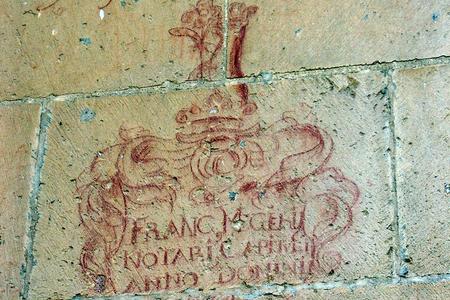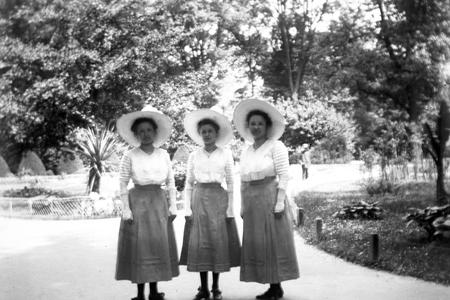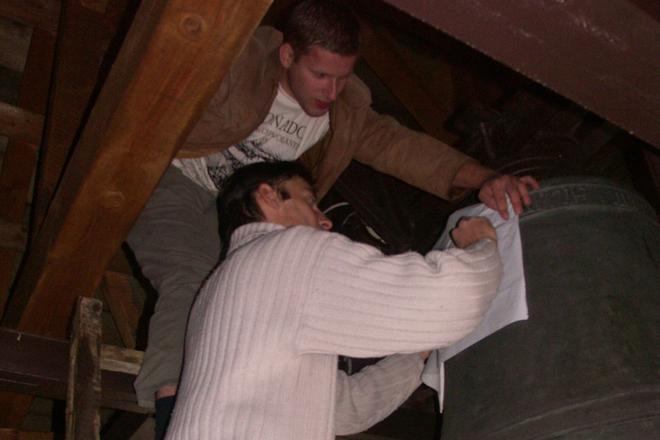Read and learn in this interview:
-why historian Juraj Šedivý began to look for and study historical inscriptions
-why epigraphy is a young science in Slovakia
-what inscriptions can tell us
-what is the oldest Czech inscription in Slovakia
-see photos of some historical and rare inscriptions
Epigraphy is the relatively young science of historical inscriptions or epigraphs. As a cross-sectional science, it requires not only a deep knowledge of history and cultural contexts, but also a substantial portion of guts when climbing, for example, church towers. Historian of Comenius University, Juraj Šedivý, has been devoted to the history of literacy, especially epigraphy, for more than 15 years. He spoke with The Slovak Spectator about what information historical inscriptions reveal, what are his most esteemed discoveries so far and what an epigraphist can do during the coronavirus quarantine.
The Slovak Spectator (TSS): Why did you start examining historical inscriptions?

Juraj Šedivý (JŠ): In epigraphy, I like that it is a connection between theoretical science and practical work in the field. You walk through churches, ruined manor houses, their ceilings or crypts looking for the remains of barely visible inscriptions. Sometimes it takes courage to climb a 10-metre shaky ladder, or takes physical fitness when you hold a beam with one hand and with the other you document an inscription on a bell while there is only an empty space of some metres below you. And then you come home and decipher the text, analyse it, translate it and look for analogies to it. What especially lures me is that you can still discover something new. It’s kind of the work of Indiana Jones, who was my childhood hero.

JŠ: Epigraphy is kind of the Cinderella of our historical disciplines. In the 20th century, four books on ancient inscriptions on the territory of present Slovakia were published, but only one specialised study on mediaeval or younger ones. There are several reasons for this. Epigraphy has not been taught at universities in Slovakia, and moreover, the need to go out presupposes either time or money, ideally both. In addition, systematic documentation requires thousands of images to be taken, which was very expensive before the launch of digital photography.
TSS: What can historical inscriptions reveal?


 Historian Juraj Šedivý documenting a gothic bell in Zolná, central Slovakia. (source: Courtesy of Juraj Šedivý)
Historian Juraj Šedivý documenting a gothic bell in Zolná, central Slovakia. (source: Courtesy of Juraj Šedivý)